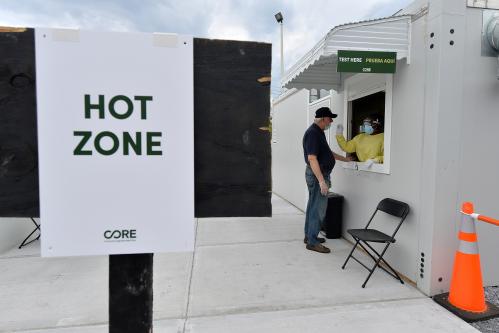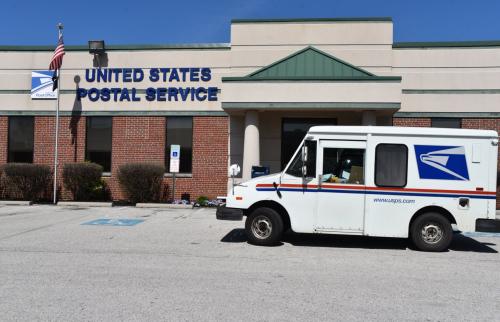Of all the promises Donald Trump made as a presidential candidate in 2016, the mostly likely seemed to be a major infrastructure package. Infrastructure doesn’t elicit the same partisan tensions as tax law or health care, and Trump’s real estate experience also felt like a major advantage when it came to negotiating with Congress.
But after four years in the White House, Trump still hasn’t fulfilled his promise on major infrastructure reform. What happened? In short: Senate Majority Leader Mitch McConnell (R-Ky.), who holds a long-standing indifference to infrastructure policy. As we wrote back in 2017, McConnell was a major reason a big infrastructure bill was a Washington fantasy.
Now that the country is headed back to the polls, it is vital to understand the lessons of the last four years. That means those who hope to see the passage of a big infrastructure package should focus first on the Senate rather than who wins the presidency.
There’s little question that the country needs more federal stimulus. With COVID-19 cases rising again, it’s still unsafe to reopen schools, indoor restaurants, music venues, and many other small businesses. The economic pause has led to permanent job losses, and it will take years to reverse the economic damage. As Brookings Metro experts continue to argue, the country needs reformed worker supports, small business assistance, and a host of actionable ideas to manage the moment.
Infrastructure certainly merits a place in a federal stimulus package. Stopping utility shutoffs, making transportation affordable, and distributing mobile hotspots can keep people healthy and connected to work and school. Funding state and local construction budgets can address maintenance backlogs, keep people employed, and develop new career pathways. And with interest rates at a historic low, now is a great time to borrow for future-looking investments.
Joe Biden’s campaign has made resilience-focused investments, workforce development programs, and other infrastructure investments a central component of the platform. Meanwhile, President Trump has never wavered from his infrastructure support. Democratic leadership in the House has also showed willingness to include infrastructure in a budget reconciliation package, which is a clear signal that they’re serious about authorizing significant spending. It’s easy to understand why there’s such optimism in Washington for infrastructure reform.
But what really matters is control of the Senate. If Sen. McConnell remains majority leader, the evidence we have suggests we should be wary about the possibility for infrastructure reform. First, McConnell already balked at more COVID-19 stimulus spending this summer and fall, even as the president supported another package. Second, in 2009, he rallied against the American Recovery and Reinvestment Act when in the minority.
Even if Biden wins the presidency, I wouldn’t expect much progress on infrastructure if McConnell remains majority leader—especially around environmental issues. In contrast, if Democrats win the Senate, I expect both a President Biden or a second-term President Trump to support a big infrastructure package. And if Republicans keep control of the White House and the Senate? I fear infrastructure reform will continue to stall, during a period where we can ill afford to ignore climate threats, rising household costs, or promising career opportunities.
Infrastructure is almost never a major federal election priority, but it’s always a governing priority once elections are over. The good news is that 2021 could be a watershed year for how we govern infrastructure and the built environment. There’s historic alignment between a recent House bill and public statements by potential Democratic leadership in the Senate.
But the country can only crawl through a policy window if voters open it. Good ideas help, but elections matter.
The Brookings Institution is committed to quality, independence, and impact.
We are supported by a diverse array of funders. In line with our values and policies, each Brookings publication represents the sole views of its author(s).






Commentary
In Election 2020, infrastructure reform depends on the Senate—not the presidency
October 27, 2020